Argentina has released to the public a trove of declassified documents detailing the activities of Nazi fugitives who found refuge in the country after World War II.
The files — previously held under state secrecy rules — were released on the order of President Javier Milei.
A formal request from United States Senator Steve Daines (Republican-Montana) and representatives from the Simon Wiesenthal Center during meetings in February with Milei delivered fresh momentum to the move but the government insists the move is rooted in a broader commitment to transparency.
The General Archive of the Nation (AGN) published 1,850 declassified documents in total. They include records of banking operations, secret intelligence files and previously confidential Defence Ministry reports. The material is now available to the public for view on a government website.
Among the files are details of investigations carried out between the 1950s and 1980s by the Federal Police's Foreign Affairs Directorate, Argentina’s intelligence services (State Intelligence Secretariat, or SIDE) and the National Gendarmerie (Border Guard). Organised into seven case files, they also include confidential presidential decrees signed between 1957 and 2005.
Historians hope the documents will shed light on a wide range of events, including arms deals, budgetary changes, the organisation of Argentina’s intelligence services and the fight against Communism during the Cold War.
Copies have been provided to the Simon Wiesenthal Center, which is probing the Credit Suisse bank’s links to Nazism.
Mengele in Argentina
Some of the most striking revelations concern Josef Mengele, the so-called "Angel of Death" who conducted cruel experiments on prisoners at the notorious Auschwitz-Birkenau concentration camp.
Intelligence records show that after arriving in Argentina in 1949, Mengele initially lived openly, using his real name. It was only later that he adopted a false identity, "Gregor Helmut" and claimed to be from the Italian region of Trent.
According to the files, Mengele first lived at the address Arenales 2460 in the City suburb of Florida, Vicente López, before moving to Paraná 140 in the downtown Monserrat neighbourhood in 1953.
During his time in Argentina, Mengele remarried — wedding Marta María Will, a compatriot and the former wife of his deceased younger brother — and formally adopted his nephew Karl-Heinz. In 1956, the family sought certificates of good conduct to enable travel to Chile.
Despite an extradition request from Germany, Argentine authorities at the time rejected the move, citing technicalities and procedural issues.
Intelligence reports show that no measures were taken against Mengele, who later fled to Paraguay and then Brazil, where he died in 1979 under an assumed identity.
Eichmann and Priebke
A number of other Nazi fugitives also lived in Argentina with the knowledge of the authorities, the files confirm – among them, Adolf Eichmann, one of the main organisers of the Holocaust.
Eichmann, who oversaw the deportation of millions of Jews to concentration camps, settled in Lanús to the south of the capital, using the alias “Ricardo Klement.” He lived undisturbed with his family until 1960, when he was famously captured by Mossad agents. He would stand trial for war crimes and later be executed in Israel.
Another prominent figure was Erich Priebke, a former SS officer responsible for the 1944 Ardeatine Caves massacre in Italy, a mass killing in which more than 300 people were killed.
Priebke arrived in Argentina in 1948 and lived for decades in Bariloche. He was eventually extradited to Italy in the 1990s following media reports that confronted him openly about his crimes.
The newly disclosed files released by Argentina include a 1995 decree by then-president Carlos Menem authorising Priebke's extradition.
There are also declassified decrees from Argentina's 1976-1983 military dictatorship authorising the release of prisoners while imposing ongoing restrictions on them.
Background to declassification
The documents which have now been released were first transferred to the AGN in 1992 under Presidential Decree 232/1992 and Article 4 of National Law 15,930, which ended their protected status, according to local media reports. But up until now, they could only be accessed in a special room at AGN headquarters.
The new process saw the records digitised and restored, before posting them online for the public to access.
Government sources explained that the material — drawn from intelligence and security services — forms part of ongoing efforts to shine a light on historical human rights abuses and expose the networks that sheltered Nazi fugitives across Latin America.
Another document from 1963 reveals the creation of the "General Military Plan for the Defence of the American Continent" against potential Communist aggression, highlighting the influence of Cold War tensions even under constitutional governments in Argentina.
– TIMES/PERFIL







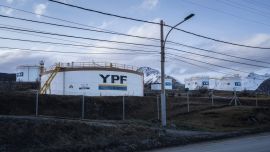





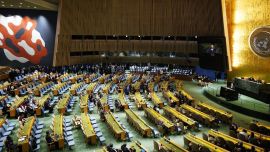

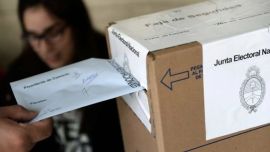

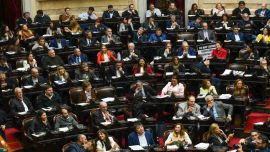
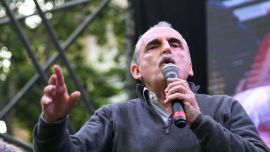

Comments